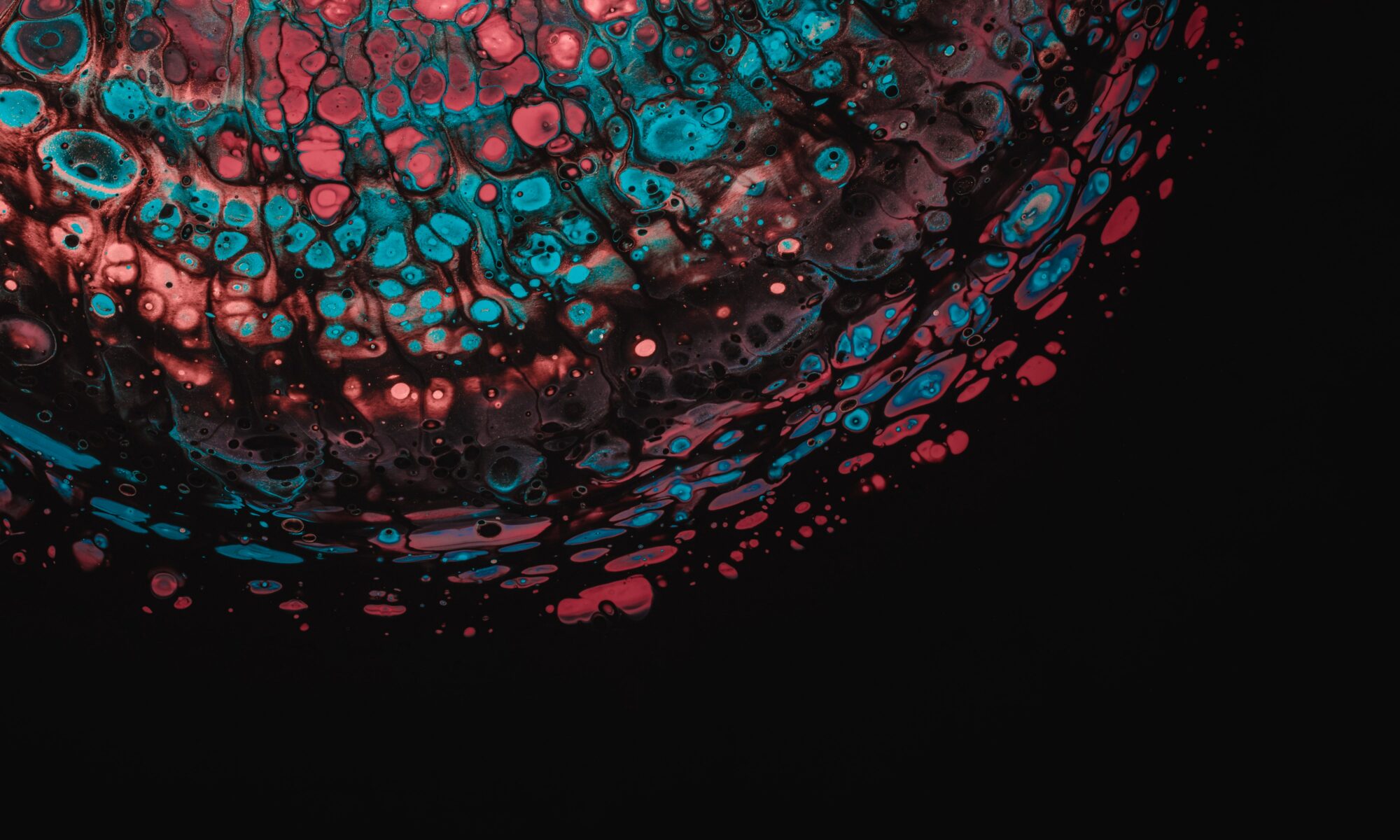Some of my doctoral research concerns the question of style, specifically what Hans Urs von Balthasar means by the idea of theological style. So I was stuck by Sertillanges’s thoughts on the subject of style as it relates to the intellectual life and to the quest for truth. (See previous posts on The Intellectual Life here)
As always Sertillanges relates the question of style to the broader themes of the book, namely that style must serve truth and express truth truly. But style also must express the self: “My style, my pen, is the intellectual instrument which I use to express myself and to tell others what I understand of eternal truth. This instrument is a quality of my being, an interior bent, a disposition of the living brain, that is, it is a particular evolution of my style” (201). I find this fascinating because clearly style is more than self expression, but it is for Sertillanges nothing less than self expression either. Style at its best expresses both truth and the self, because within the vocation of the intellectual life the ultimate desire is that the self would conform to truth. So his version of “express yourself” is not the trope that launched a thousand self-help books because he is not saying that if I have expressed myself then I have expressed truth. Self-expression as an end in itself is at best a minimal standard for truth, namely the ideal of “my truth”, and at worst it is an imposter for the kind of truth Sertillanges commends. Rather he is saying that there is a possible harmony and correspondence between self and truth, and style is meant to express this correspondence.
One interesting implication: as long as there are selves seeking to express truth, there will always be interesting, creative, and original things to read and to wrestle with because, one, no self is the same, and, two, no one, not even Thomas Aquinas himself, can comprehensively express truth. In this regard, he says something about originality akin to C.S. Lewis, namely that aiming at originality is a fool’s errand and that originality emerges in the midst of seeking to represent truth truly.
Honestly, the best way to get a sense of what he means by style is to read the book. It is truly a pleasure to read and exemplifies many of the things he commends. For example, reading this description of style made me think of his own book: “Style excludes everything useless; it is strict economy in the midst of riches; it spends whatever is necessary, saves in one place by skillful arrangement, and lavishes its resources elsewhere for the glory of truth. Its role is not to shine, but to set off the matter; it must efface itself, and it is then that its own glory appears.” Style is about what to say and what not say, what to leave in and what to take out. It is about patience. Like music, it is about dynamics, and requires listening. Listening first to the material, listening to that which we desire to express, and listening too at the level of language, to the ways words sound against each other and how they sound in the whole sequence of words.
A couple of other things to note. First, he commends taking up the pen earlier rather than later because it is through writing itself that thoughts are expressed and are sharpened. It is through the practice of writing that one develops certain habits of thinking, and it is in thinking that one pursues truth. There is an iterative circle, thinking produces writing, which in turn produces thinking, which in turn, one hopes, moves one closer and closer to truth. Second, I don’t take this as a prescription for all kinds of writing. Remember he is considering everything under the heading of the intellectual life, which he sees as a particular vocation, so he is discussing writing in these vocational terms. On the other hand though, it is not bad advice for poets, novelists, or even, dare I say, bloggers.

Comments are closed.
Mentions